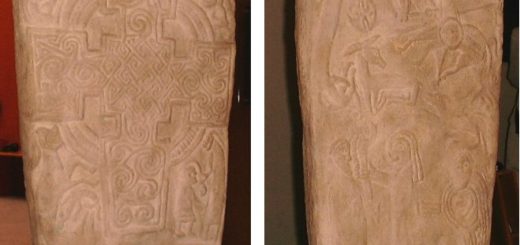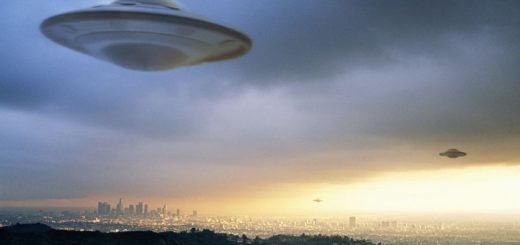SPACE AGE Mind-blowing 10billion-year-old ‘Super Earth’ that is one of galaxy’s oldest planets discovered

A ROCKY “Super-Earth” planet has been spotted orbiting one of the Milky Way galaxy’s oldest stars.
Astronomers in Hawaii say the distant world is one and a half times the size of Earth, but takes just half the time to orbit its star.
That’s due to the close proximity between the two, which also makes the planet extremely hot at its surface.
In a study published this week, scientists estimate that the newly found planet, which orbits the star TOI-561, is an astonishing 10billion years old.
That’s more than twice as old as the Solar System, and nearly as ancient as the Universe itself.
“The rocky planet orbiting TOI-561 is one of the oldest rocky planets yet discovered,” said study lead author Dr Lauren Weiss.
“Its existence shows that the universe has been forming rocky planets almost since its inception 14 billion years ago.”
The TOI-561 star system lies roughly 280 light-years from Earth and contains two other known planets.
Scientists at the University of Hawaii stumbled upon the third using telescopes at the Aloha State’s W. M. Keck Observatory.
Their observations show the planet takes just 12 hours to complete a lap of its star, and has an average surface temperature of over 1,700C (3,140F).
That makes it far too hot to host any form of life as we know it, according to a statement from the University of California, Riverside.
The planet is a “super-Earth” – defined as any rocky world with a mass that is between those of Earth and Neptune.
Named for Nasa’s Transiting Exoplanet Survey Satellite, TESS Object of Interest (TOI) 561 belongs to a rare population of stars called the galactic thick disk.
Stars in this region are chemically distinct, with fewer heavy elements such as iron or magnesium that are associated with planet building.
As the researchers find more exoplanets, they continue to learn more about their dimensions and whether it could be habitable.
“Information about a planet’s interior gives us a sense of whether the surface of the planet is habitable by life as we know it,” said study co-author Stephen Kane, of the University of California Riverside.
“Though this particular planet is unlikely to be inhabited today, it may be a harbinger of a many rocky worlds yet to be discovered around our galaxy’s oldest stars.”



 Creators of mankind
Creators of mankind Description of “Tall white aliens”
Description of “Tall white aliens” Where they came from?
Where they came from? About hostile civilizations
About hostile civilizations The war for the Earth
The war for the Earth “Tall white aliens” about eternal life
“Tall white aliens” about eternal life Video: “Nordic aliens”
Video: “Nordic aliens” Aliens
Aliens Alien encounters
Alien encounters The aliens base
The aliens base UFO
UFO Technology UFO
Technology UFO Underground civilization
Underground civilization Ancient alien artifacts
Ancient alien artifacts Military and UFO
Military and UFO Mysteries and hypotheses
Mysteries and hypotheses Scientific facts
Scientific facts


















